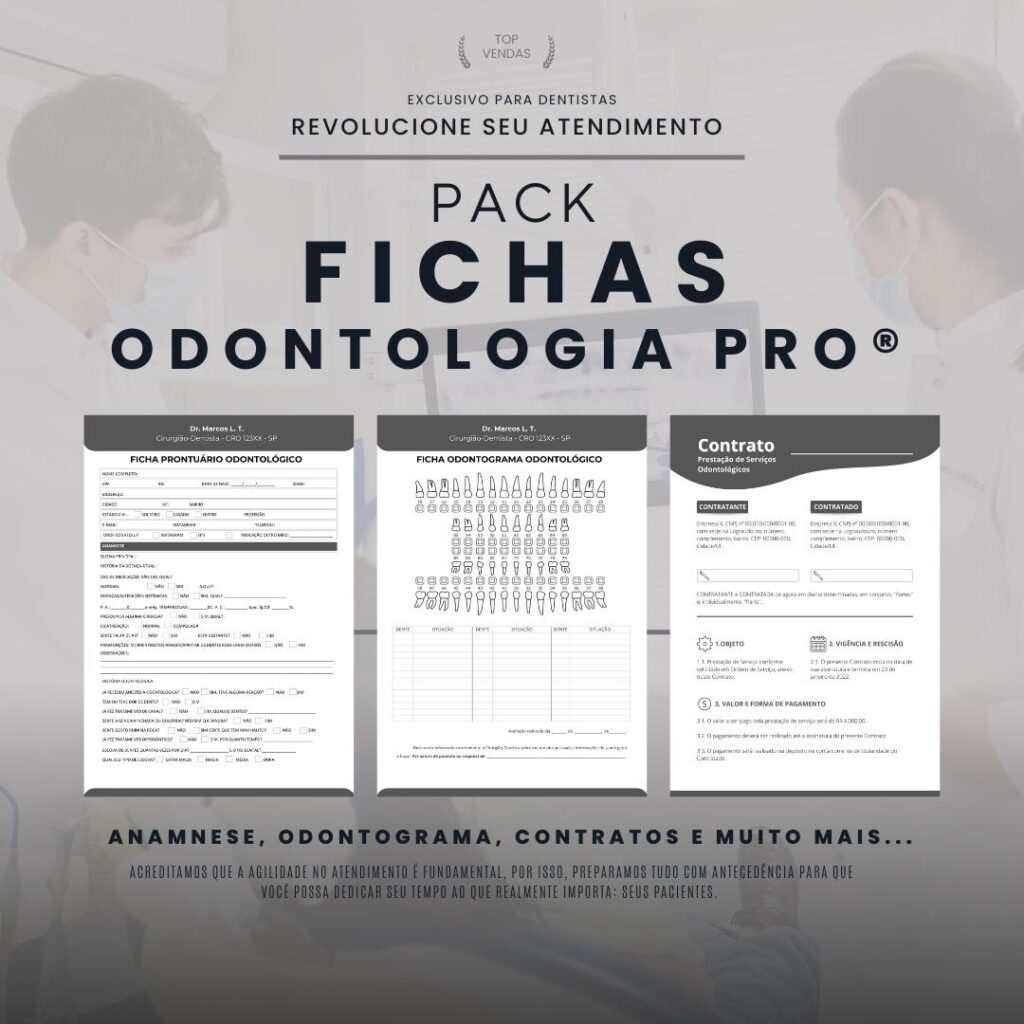What is digital dental radiology?
Digital dental radiology is a modern oral diagnostic technique that uses digital technology to generate images of the teeth, gums and oral structures. Unlike conventional radiology, which uses X-ray films to capture images, digital dental radiology uses electronic sensors to record images directly onto a computer.
Advantages of digital dental radiology
Digital dental radiology offers several advantages over conventional radiology. Some of the main advantages include:
Image quality
The images generated by digital dental radiology are of superior quality compared to those obtained by conventional radiology. This is because the digital process eliminates variations caused by flaws in the radiographic films, ensuring sharper and more detailed images.
Lower radiation exposure
Digital dental radiology significantly reduces radiation exposure for patients compared to conventional radiology. The electronic sensors used in digital radiology require lower radiation doses to generate a quality image, ensuring patient safety.
Agility in diagnosis
Digital dental radiology allows images to be viewed immediately after capture, without the need for processing the radiographic films. This speeds up the diagnostic process and facilitates communication between professionals involved in dental treatment.
Image storage and sharing
Images obtained by digital dental radiology can be stored digitally and easily shared between different healthcare professionals. This facilitates collaboration between specialists and speeds up the patient referral process.
Applications of digital dental radiology
Digital dental radiology has a wide range of applications in dentistry. Some of the main applications include:
Caries diagnosis
The images generated by digital dental radiology allow dentists to identify cavities in their early stages, before they become visible to the naked eye. This allows for early treatment and prevents more serious complications.
Evaluation of orthodontic treatments
Digital dental radiology is often used to assess the position of teeth and the suitability of orthodontic treatments, such as braces. The images captured allow orthodontists to plan treatment more accurately and effectively.
Dental implants
Digital dental radiology plays a key role in pre-implant evaluation. Radiographic images allow dentists to accurately visualize bone structure and determine the best position for dental implant placement, ensuring a successful procedure.
Diagnosis of periodontal diseases
Digital dental radiology aids in the diagnosis of periodontal disease by allowing dentists to visualize the structure of the alveolar bone and identify problems such as bone loss, periodontal pockets and root resorption.
Conclusion
Digital dental radiology is an advanced technology that has revolutionized oral diagnosis. With its advantages over conventional radiology, such as image quality, reduced radiation exposure, faster diagnosis and ease of sharing images, digital dental radiology has become an essential tool in dental practice.
If you are looking for an accurate and efficient diagnosis, be sure to look for professionals who use digital dental radiology in their treatments. This innovative technique ensures a more accurate diagnosis and contributes to the success of dental procedures.






